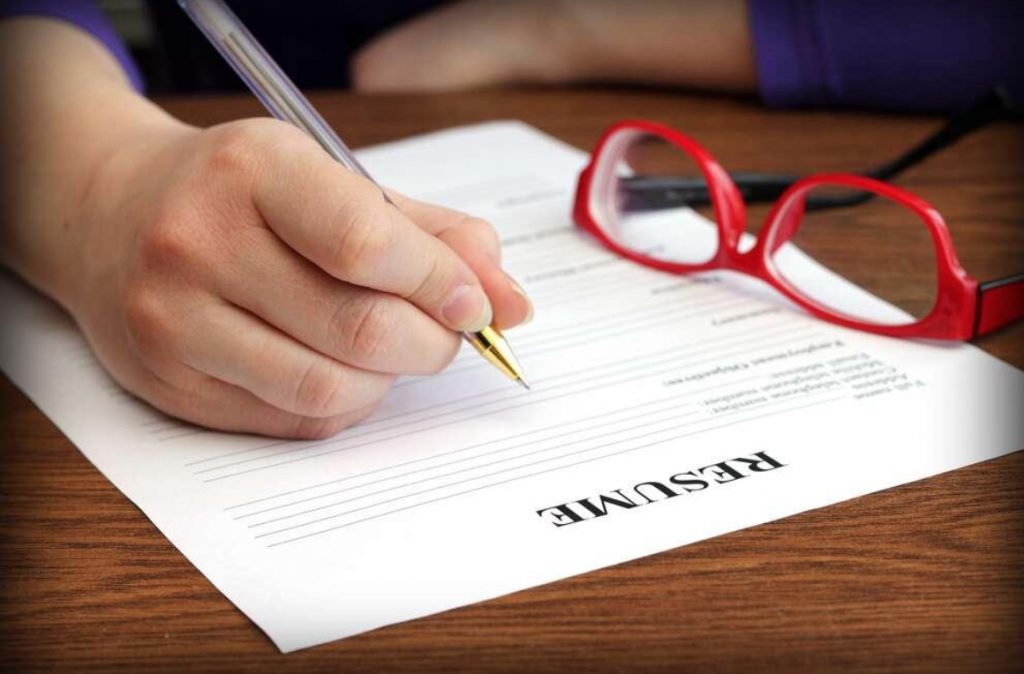Getting a job in the current climes is a little tricky, but with the help of the right resume template, you can land the position of your dreams. When people write out resumes, they usually do it with the intent to land themselves their dream jobs. However, due to some mistakes, most people end up losing the attention of their prospective employers because their resumes aren’t up to par.
It is, therefore, paramount that a job seeker can create a job-winning resume that would give him/her an upper hand during the recruitment process. Before we get into the tips of how one can build a good resume with the help of a resume templates, we need to understand what a resume is.
A resume, which is sometimes spelled as résumé and often referred to as a CV in some parts of the world, is documentation of an individual’s work experience, professional achievements, education, and other details that speak for them in their absence.
The resume is usually the first contact that is made between a job candidate and a prospective company. Let’s get into the most important rules to writing a job-winning resume with the help of a resume template.
Rule 1: Select the Right Resume Format
While building a resume, it is vital to note that there are several formats of a resume template that can be used. One of those resume template formats includes the reverse-chronological style, which is great for potential employers, even though they are prevalent among job seekers.
Another resume template format would be the combination format, which works well for experienced professionals and career changers as it helps them highlight transferable skills.
The third resume template style of choice would be the functional format, which should be the most preferred type for entry-level job hunters, so their resume can emphasize skills instead of their lack of experience.
Rule 2: Include Your Contact Information and Personal Details
While working on your resume template, you must include information such as your name, phone number, email address, and your LinkedIn profile URL. Although it isn’t necessary, it is usually a good idea to add your title, social media handle(s), mailing address, and websites/blog if you have any of those.
If one can avoid it, one should never add one’s date of birth, a second email address, or a headshot unless they are requested for.
Rule 3: Begin with a Resume Summary or Resume Objective
Since it is at the top of the page, you must pay special attention while drafting your resume summary statement in the resume temple.
While building your resume template, it is also essential that you:
- List your relevant work experience and key achievements.
- Arrange your education history correctly.
- Include the skills that are relevant to/fit into the job you are applying for.
- Insert additional relevant resume sections such as your interests, hobbies, volunteer work, the languages you speak/write fluently, certification and awards, publications, and projects.
- Complement your resume with a cover letter as this would allow you to talk more about the things that you kept succinct on your resume. A cover letter would also permit you to express yourself so your potential employers can get a sense of who you are as a person.
You can also download readily-available and easy-to-use resume templates from a dedicated website.
